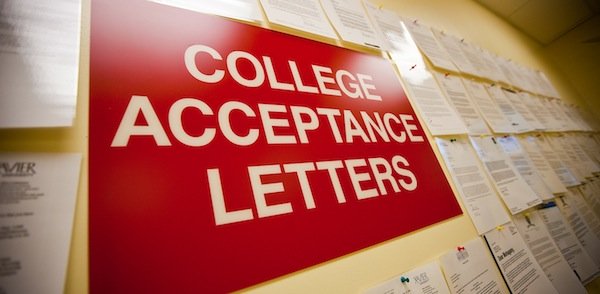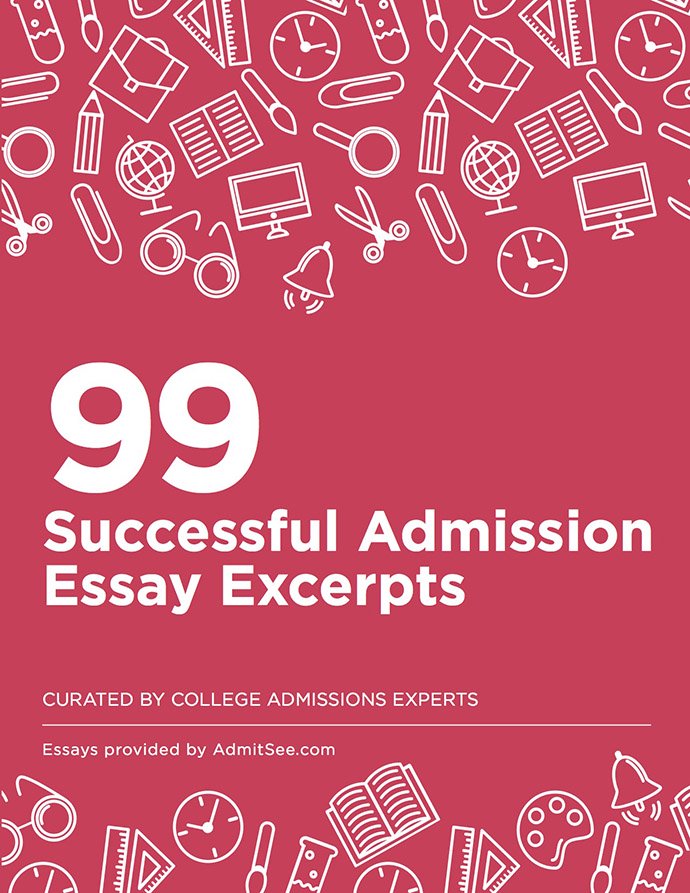
A recent Atlantic article discussed the move toward class-based as opposed to race-based affirmative action. Under the proposed system, schools will deemphasize race and put more weight on socioeconomic status. This move, ideally, will not only benefit low-income students but will also maintain racial diversity at schools in states doing away with race-based affirmative action.
“Low-income African-Americans and Latinos tend to grow up in more-concentrated areas of poverty than their white peers. Other factors may also be at work: African-American and Latino students are less likely to enroll in selective colleges even when they have solid grades and test scores.”
So, is the new system working?
Yes! If the goal is to better represent disadvantaged students, studies show class-based affirmative action is achieving on-campus diversity while putting less weight on race.
In 2009, admissions officers were tasked with reviewing 478 applications, first under Colorado University-Boulder’s race-based policy and then under the new class-based policy, with all racial identifiers removed. “Officers ended up admitting 9% more underrepresented minority students under the race-blind policy than and 20% more students of very low socioeconomic status.”
Another CU-Boulder experiment conducted in 2010 evaluated 2,000 borderline (admittance could swing either way) applications. Half used a hybrid class-plus-race approach, and half used the old race-only approach. “The hybrid approach resulted in a 13% increase in acceptance rates for the poorest students, a 17% increase for underrepresented minority students, and a 32% increase in the lowest-income, minority students.”
(You may read more about both experiments in Harvard Law and Policy Review.)
These results are heartening. But, diversity is a complex beast and there’s no formula that lays out the factors to maximize diversity. At least this new approach seems to be a step in the right direction and can be considered more fair and more equalizing. And, perhaps more importantly, the Supreme Court will be able to dodge having to admit (pun intended) that they have no idea how to rule on racial affirmative action.
The article ends on what I think is the right note: “Outreach and recruitment comes first. Then, once students are admitted, the university needs to help every admitted student make it to graduation.”
What are your thoughts on implementing a class-based or hybrid system?















 Back
Back